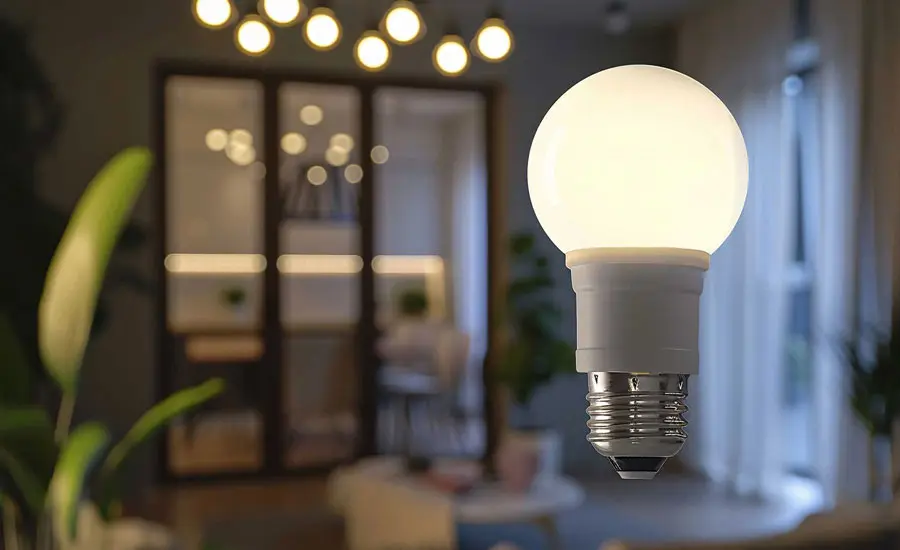
How LED Lights Are Helping Canadians Save Energy and Money
Rising energy prices are forcing Canadian households to look for smart, lasting ways to cut costs and waste less power. Simple changes can ease the stress on monthly budgets and lower energy use. One effective, straightforward solution is replacing old bulbs with LED lights. LEDs are shifting the way people across Canada light their homes. This article explains how LEDs save energy and money, covers helpful rebate programs, and offers tips to get the best results for Canadian families.
How LED Lights Reduce Energy Use in Canadian Homes
Standard lighting accounts for a meaningful portion of a household's power bill. Recent data from Natural Resources Canada shows that lighting uses about 4 to 10 percent of all electricity consumed in Canadian homes. That percentage may seem small, but every dollar counts when bills keep rising. LEDs have become a leading choice for their ability to slash energy use compared to traditional bulbs while offering the same warm, reliable light.
LED Technology Explained Simply
LED stands for Light Emitting Diode. Unlike older bulbs that heat a wire or gas to create light, LEDs use a tiny chip that emits light when electricity passes through it. Most of the energy turns directly into light, not heat, which makes LEDs much more efficient.
Incandescent bulbs waste most electricity as heat—much like leaving a toaster on all day. CFLs (compact fluorescent lamps) do a little better, but still lose some energy as heat. LEDs focus on light, not heat, which means more of your power bill actually lights your home.
Comparing Energy Savings: LEDs vs. Older Bulbs
Let's look at real numbers. A standard 60-watt incandescent bulb uses 60 watts to make light. A similar LED bulb uses just 8 to 10 watts to produce the same brightness.
Simple comparison:
- Incandescent bulb: 60 watts, lasts about 1,000 hours
- CFL bulb: 13–15 watts, lasts about 8,000 hours
- LED bulb: 8–10 watts, lasts up to 25,000 hours
If a typical home has 20 bulbs and all are running for three hours daily, switching from incandescent to LED can save about $100 to $150 per year in electricity costs, depending on local rates. That means more money back in your pocket, year after year.
Environmental and Community Impact in Canada
LEDs do more than lower bills for homeowners. Widespread switch to LEDs lightens the load on Canada's power grid, especially in peak hours. This helps prevent blackouts and reduces the need for more power plants.
LED bulbs last decades longer than older options, which means fewer bulbs tossed in the trash. Fewer burned-out bulbs translate into less landfill waste. Using less energy also means fewer greenhouse gas emissions from non-renewable electricity sources. Choosing LEDs is a simple yet effective way to support cleaner air and a healthier environment.
How Canadians Are Saving Money With LED Lighting
The cost savings with LED bulbs go beyond electricity bills. Smart buyers in Canada can access rebates, take advantage of price drops, and put a dent in household spending from day one.
Upfront Costs Versus Long-Term Savings
LED bulbs cost more than incandescent bulbs at the register, but prices have dropped sharply in recent years. Today, you can buy a quality LED for around $3 to $8 per bulb. Compare this to a $1 incandescent or a $2 CFL.
The real savings come over time:
- LEDs live 10-25 times longer than incandescents
- You buy fewer replacements
- Lower electricity use cuts bills every month
A household replacing 20 incandescent bulbs with LEDs might spend $100 to $150 up front. But with yearly power savings of $100 or more, the switch pays for itself within a year. After that, every dollar saved stays in your pocket.
Government Rebates and Incentives for LED Adoption
Many provinces and utility companies in Canada want to help people make the switch. They offer rebates and incentives to lower the cost of LEDs and other energy-efficient products.
Notable Canadian programs include:
- Ontario's Save on Energy: Rebates on ENERGY STAR® LED bulbs at participating retailers
- BC Hydro's Power Smart program: Coupons and discounts for LEDs
- Efficiency Nova Scotia: Instant rebates for residential LED lighting
- Hydro-Québec's Éconologis: Free bulbs and home assessments for qualified households
Most programs are easy to use. Just check your utility's website or ask at your local hardware store. Some even provide instant discounts at the checkout.
Tips for Getting the Most Savings From LEDs
To maximize your savings, focus on these practical steps:
1. Replace the bulbs in high-use areas first.
Start with kitchens, living rooms, hallways, and outdoor lights.
2. Choose the right color temperature.
For cozy spaces, pick "warm white" (2700–3000K). For work areas, use "cool white" (3500–4100K).
3. Match the brightness to the room.
Look at lumens (not just watts) to compare light output. Check package labels for guidance.
4. Buy ENERGY STAR® certified LEDs.
These meet tough quality and performance standards, last longer, and save most.
5. Use LEDs with dimmers and smart switches if possible.
This brings even more control over energy use and supports smart home upgrades.
6. Recycle old bulbs properly.
CFLs contain small amounts of mercury and must be recycled. Many stores accept them.
Conclusion
Switching to LED lights gives Canadians a clear way to cut energy use and lower household bills. The science is simple: LEDs use less power, last much longer, and cost less in the long run. With rebates and incentives from governments and utilities, the upfront cost is easier than ever to manage. By replacing old bulbs and following smart buying tips, families across Canada stand to save money, shrink their environmental footprint, and enjoy better lighting at home. Consider starting your switch today and see how much you can save—every little bit helps.







